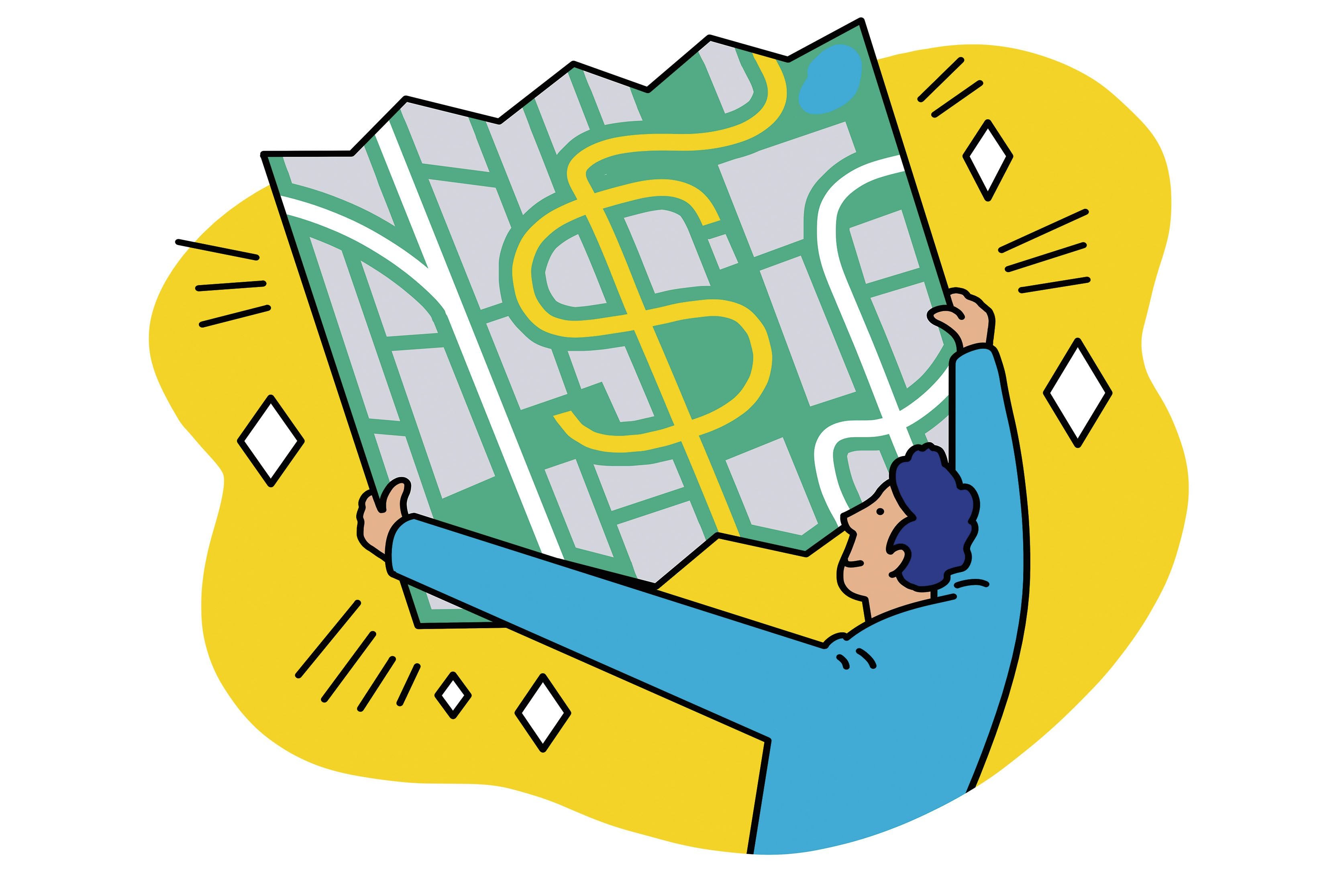
Illustration by Sam Island
Planning for your golden years doesn’t have to scare you. The reality of retirement is far more positive than people think. Ian McGugan answered commonly asked questions about planning for life after work. Here’s one to start.
How much do I have to save every year to retire well?
Whew, boy. There is no simple one-size-fits-all answer to this question because so much depends on how stocks and bonds perform over the time you are saving for retirement.
The market’s mood swings mean that the exact same savings rule can produce wildly different results from one period to another.
Consider someone who started saving at age 35 and invested 15 per cent of their salary every year until they turned 65.
If this person happened to retire in the early 1980s, after a decade of brutal stagflation, they would have wound up with a nest egg equal to only about seven times their final salary. That was not a great reward for decades of diligent saving.
On the other hand, someone who followed the identical strategy, but retired in 2000, at the height of a bull market, would have headed into their golden years with a massive pile of cash equal to 19 times their final salary, according to Wade Pfau, a U.S.-based retirement researcher.
How much do you need to save to have $75,000 in retirement income?
The moral here? You should take any savings rule with a grain of salt because the results can vary hugely.
The most famous “rule” in Canada comes from David Chilton’s personal finance classic, The Wealthy Barber. He recommended saving 10 per cent of your salary every year.
That is a good starting point. It seems rather scant, though, to finance a 30-year retirement.
So maybe you should take your cue from the federal government. It allows you to stash away up to 18 per cent of your paycheque in a registered retirement savings plan (RRSP). It certainly can’t hurt to max out your RRSP.
However, doing so still leaves you at the mercy of the market. If you happen to hit a prolonged rocky patch for the economy, even maxing out your RRSP may fail to produce the retirement savings you need.
Given that uncertainty, you may want to focus less on how much money you’re putting into your retirement account and more on the results you’re achieving.
Should low-income Canadians save for retirement?
Fidelity Investments recommends you aim to have one times your annual salary saved by the time you turn 30, three times by 40, six times by 50, eight times by 60 and 10 times by 67. Hitting these goals means you may have to save more if markets are sputtering, but less if they’re doing well.
That sounds reasonable. What it lacks, though, is any sense of how life gets in the way.
Many Canadians spend their 30s and early 40s struggling to keep up with the combined wallop of mortgage and daycare payments. They simply don’t have extra money to devote to retirement saving.
They may want to consider the Rule of 30. Developed by actuary and retirement expert Frederick Vettese, it aims to even out your financial burdens over the course of your working life.
The basic notion is that you allocate a constant 30 per cent of your before-tax income to three major expenses: mortgage payments, daycare costs and retirement savings. In your 30s, this may mean you contribute little or nothing to your RRSP. However, as daycare expenses drop away and mortgage burdens ease in your late 40s and early 50s, you direct more and more of your money toward retirement savings.
“Most of the time, following the Rule of 30 will put people in a reasonable position by their early 50s,” Mr. Vettese says. He suggests, though, that you dispense with it after age 55 and use more detailed tools to assess where you stand in relation to your retirement goals.
To help you along, Mr. Vettese offers an online retirement tool at perc-pro.ca. Sitting down with a financial planner is also good. Depending on the results, you can then adjust your savings plan accordingly.

Ready to think about your (eventual) financial freedom?
Introducing Retire Rich Roadmap, a 5-part newsletter course to set you up with the tools you need to think about retirement, whether that's happening now or in a few decades. Sign up now – each lesson will land in your inbox on Thursday.
 Ian McGugan
Ian McGugan